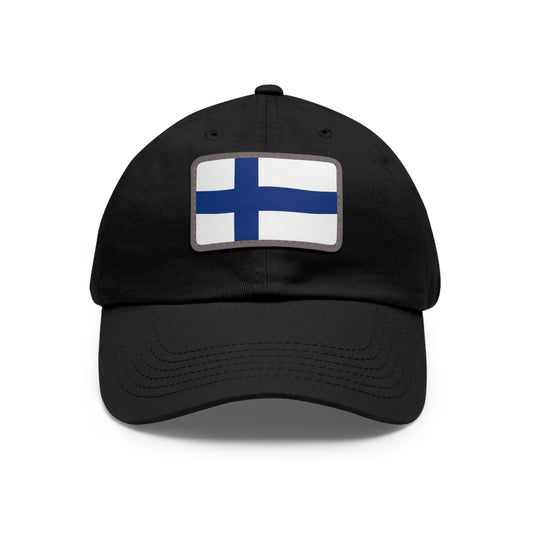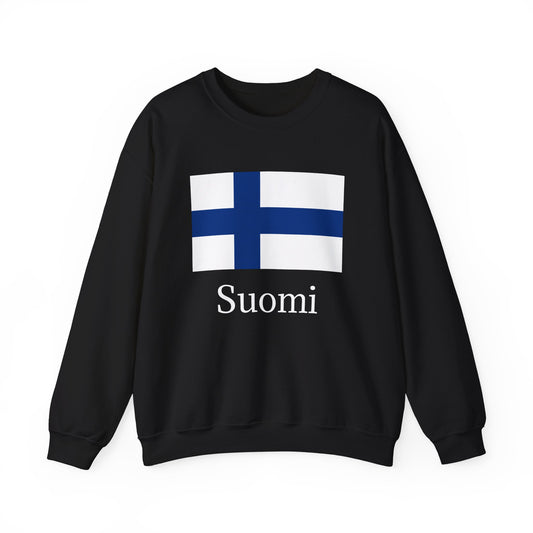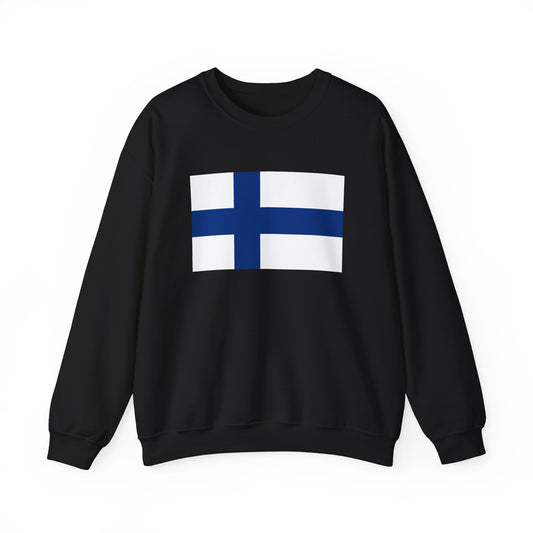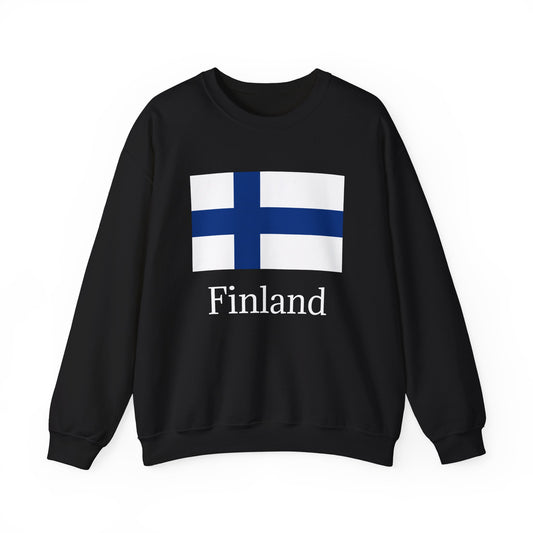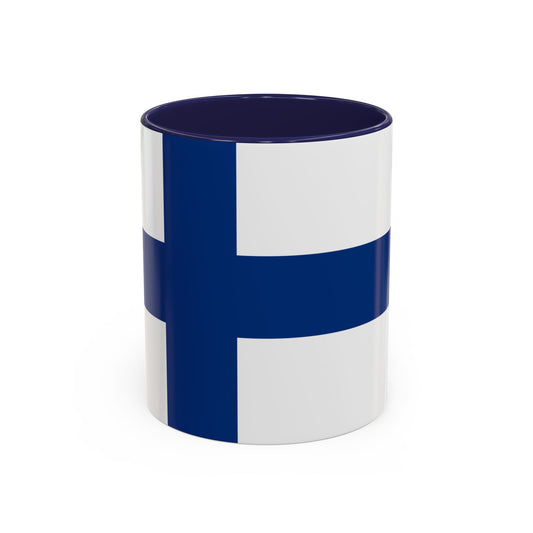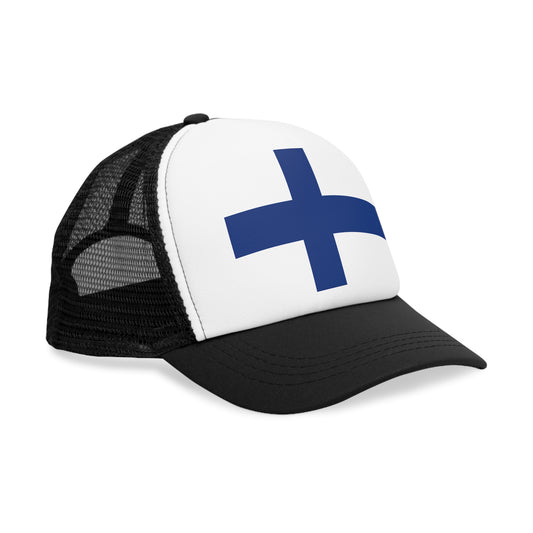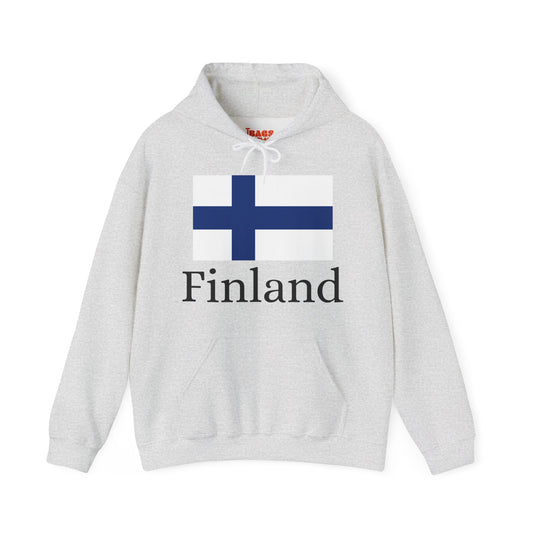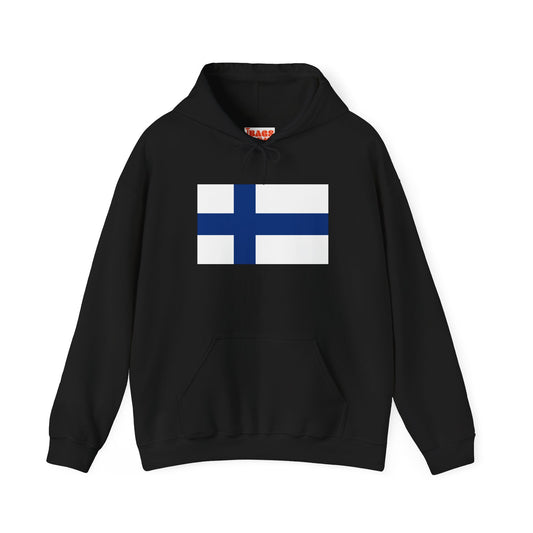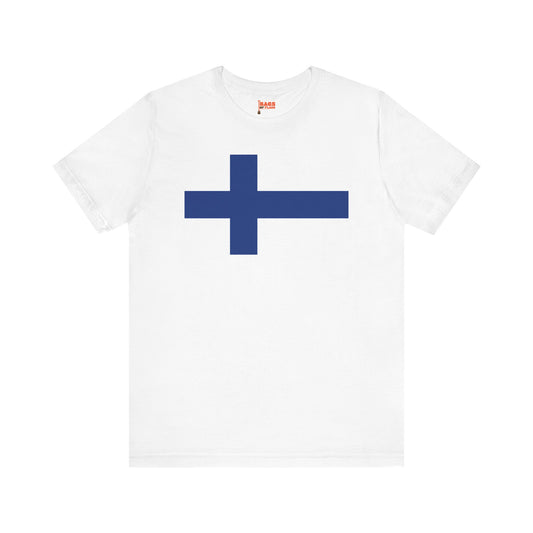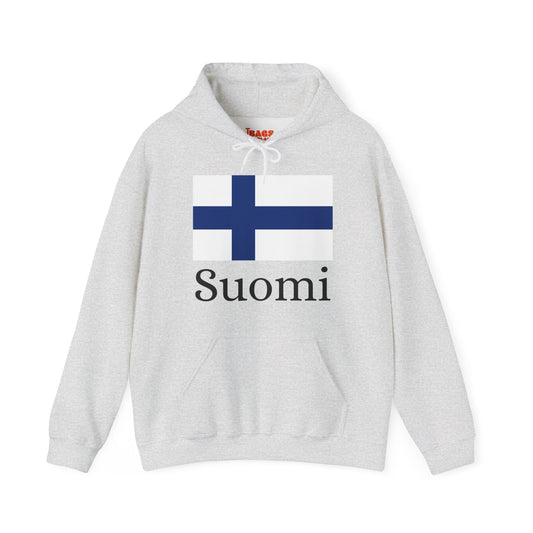-
Finland Pillow
Regular price $22.65 USDRegular priceUnit price / per -
Finland Backpack
Regular price $59.79 USDRegular priceUnit price / per -
Finland Leather Patch Hat
Regular price $18.85 USDRegular priceUnit price / per -
Suomi Sweatshirt
Regular price $34.15 USDRegular priceUnit price / per -
Finland Flag Sweatshirt
Regular price $34.15 USDRegular priceUnit price / per -
Finland Sweatshirt
Regular price $34.15 USDRegular priceUnit price / per -
Finland Mug
Regular price $11.65 USDRegular priceUnit price / per -
Finland Trucker Cap
Regular price $14.90 USDRegular priceUnit price / per -
Finland Hoodies
Regular price $34.40 USDRegular priceUnit price / per -
Finland T-shirts
Regular price $22.79 USDRegular priceUnit price / per -
Finland Flag Hoodies
Regular price $34.40 USDRegular priceUnit price / per -
Finland Flag on T-shirt
Regular price $22.79 USDRegular priceUnit price / per -
Suomi Hoodies
Regular price $34.40 USDRegular priceUnit price / per -
Suomi T-shirts
Regular price $22.79 USDRegular priceUnit price / per
Collection: Finland
The Finnish flag, also known as the flag of Finland, is a symbol of national pride and identity for the Finnish people. Its design and colors hold deep historical and symbolic significance, reflecting the country's heritage and values. We will explore the history and symbolism of the Finnish flag, shedding light on its origins and current relevance.

Overview of the Finland Flag Design and Colors
The national emblem of Finland consists of a distinct blue Nordic cross that dominates a stark white backdrop. This configuration divides the flag into four quadrants, with the cross stretching to its edges. The choice of blue mirrors the vastness of Finnish lakes and the expanse of the sky overhead, symbolic of the natural splendor that defines much of Finland's landscape. Conversely, white encapsulates the serene and extensive snowy terrains that characterize the Finnish winter season. This juxtaposition of colors paints a vivid picture of Finland’s environmental beauty. It embeds a layer of national identity within the flag's fabric, seamlessly blending the nation's natural elements with its cultural and historical ethos.
Historical Context of the Finland Flag

Adopted on May 29, 1918, after Finland declared independence from Russia, the flag symbolized a new beginning for the nation. Embodying the Scandinavian cross, the design was chosen to signify Finland's connection to the other Nordic countries, emphasizing shared cultural and historical bonds. This decision reflected a broader regional identity, positioning Finland within the community of Nordic nations even as it embarked on its sovereign path. The original design has endured through the years, witnessing the nation's evolution and resilience through various historical challenges. Throughout history, the flag has been a constant presence in national triumph and tragedy, serving as a beacon of unity and hope.
Its adoption was pivotal as Finland navigated the turbulent waters of newfound independence and the complexities of establishing a national identity separate from its Russian past. This period was marked by intense nationalistic fervor, with the flag embodying the ideals and aspirations of the Finnish people. Over the decades, the flag has remained a steadfast symbol of the nation's sovereignty, democracy, and the enduring spirit of the Finnish people, standing as a testimony to Finland's journey from a duchy under Russian rule to an independent and thriving republic.
Symbolism Behind the Finland Flag
The symbolism embedded within the Finland flag is rich and multifaceted, deeply rooted in the nation's identity and landscape. The blue cross that adorns the flag is a powerful emblem representing the country's Christian heritage and its place among the Nordic nations, where the cross motif is prevalent. This design choice reflects a sense of belonging to the broader Scandinavian community while highlighting Finnish society's unique spiritual and cultural aspects.
Beyond religious and regional affiliation, the colors blue and white carry profound meanings. Blue, a hue that echoes the endless Finnish skies and the numerous lakes dotting the landscape, symbolizes the freedom and natural beauty quintessential to Finland. It evokes a sense of tranquility and steadfastness, mirroring the character of the Finnish people. White, on the other hand, represents the snow that blankets the country for many months, embodying purity, peace, and the resilience required to thrive in such an environment. Together, these colors not only depict Finland's physical essence but also encapsulate its people's virtues and aspirations. Through the flag, Finns express their connection to the land, values, and enduring commitment to peace and unity.
Current Relevance of the Finland Flag
Today, the Finland flag plays a pivotal role in the nation's collective identity, prominently featured at various events ranging from solemn national commemorations to vibrant cultural festivals. It is evident during military ceremonies, where it symbolizes the courage and dedication of the Finnish armed forces, and on Independence Day, when the country reflects on its journey and achievements. The flag is not just a piece of fabric; it is a living symbol that unites the Finnish people across different regions and backgrounds, inspiring a shared sense of national pride.
In recent years, the flag has also entered the realm of social and political discourse, becoming a focal point for discussions about national values, identity, and the future direction of Finland. These debates sometimes reveal differing opinions on what the flag represents, demonstrating its dynamic role in reflecting Finnish society's evolving spirit and challenges. Amid these discussions, the flag remains a powerful emblem of Finland's enduring commitment to democracy, peace, and international cooperation, serving as a reminder of the country's resilience and unity in facing contemporary issues and global responsibilities.
Additional Facts and Protocols Regarding the Finland Flag
In Finland, the flag is treated with a high degree of respect, governed by established protocols that dictate its proper display and care. The Finnish flag is to be displayed prominently and respectfully, ensuring it is never allowed to drag along the ground or be displayed in disrepair. The etiquette extends to how the flag is raised and lowered; it must be done ceremoniously, reflecting the respect and dignity the flag commands.
There are designated flag days in Finland, on which the flag is flown nationwide from public buildings and private residences, celebrating significant national events and commemorations. Furthermore, the flag is flown at half-mast during national mourning as a sign of respect and sorrow.
An interesting protocol involves the time of day the flag is displayed. Unlike in some countries where the flag may fly 24/7, in Finland, the flag is traditionally raised at 8 a.m. and lowered at sunset. However, during the summer months, when the days are significantly longer, the flag can be hoisted until 9 p.m.
The Finnish flag's design is also protected by law, ensuring its use in commercial or other contexts does not undermine its dignity or the values it represents. This legal protection underscores the flag's sacred status in Finnish society, symbolizing the nation's sovereignty, history, and unity.






